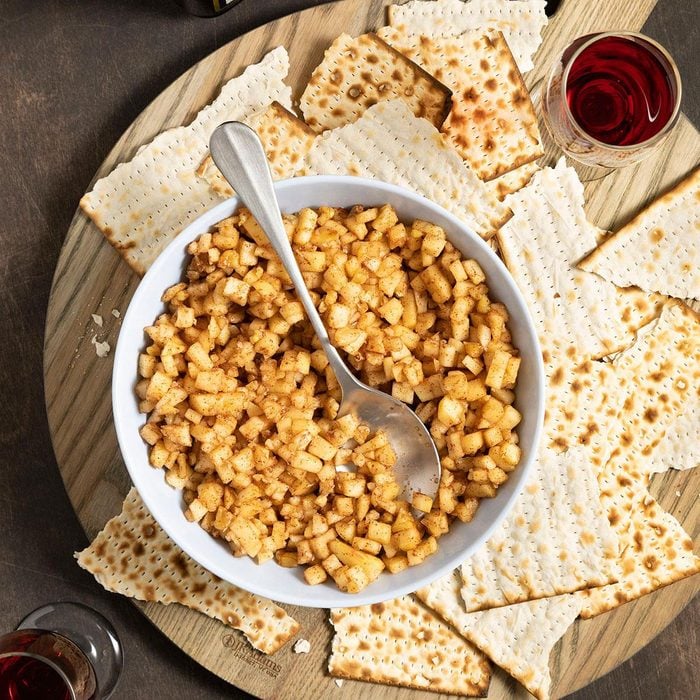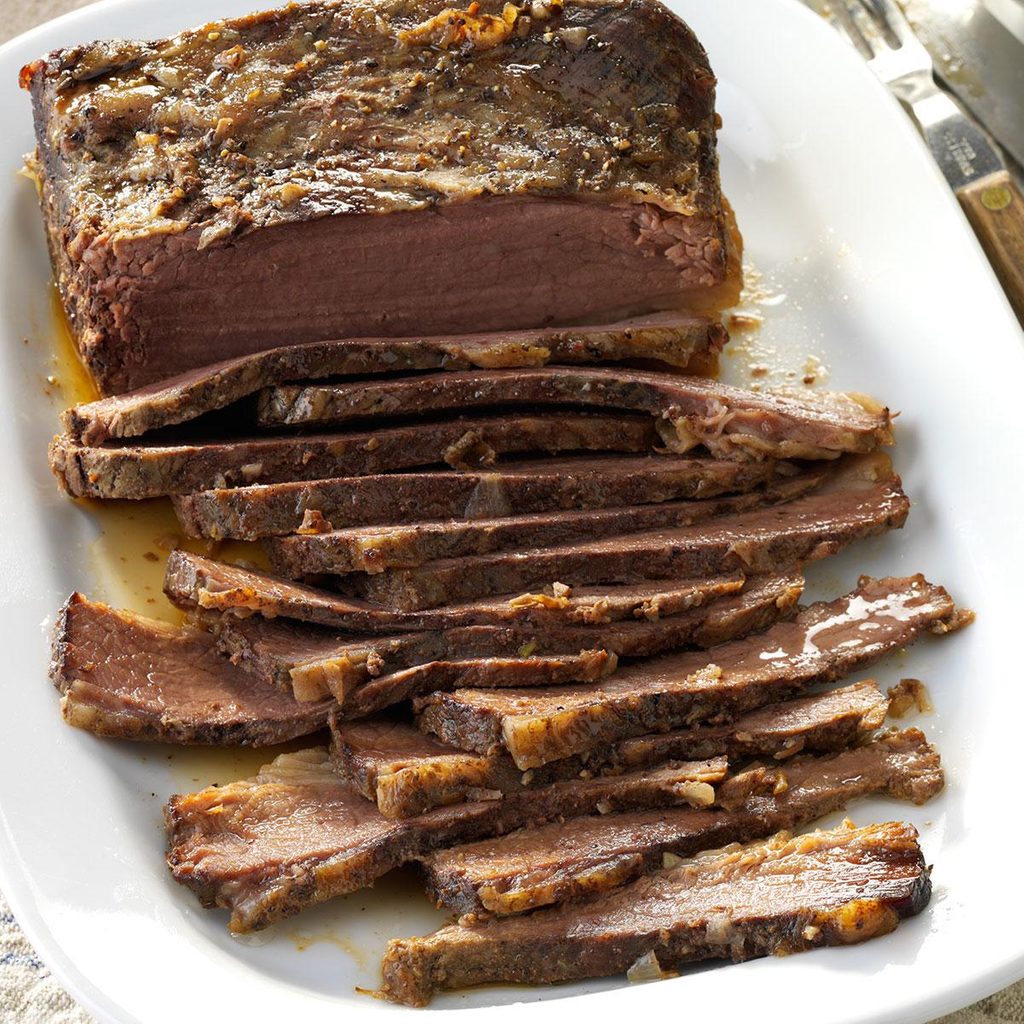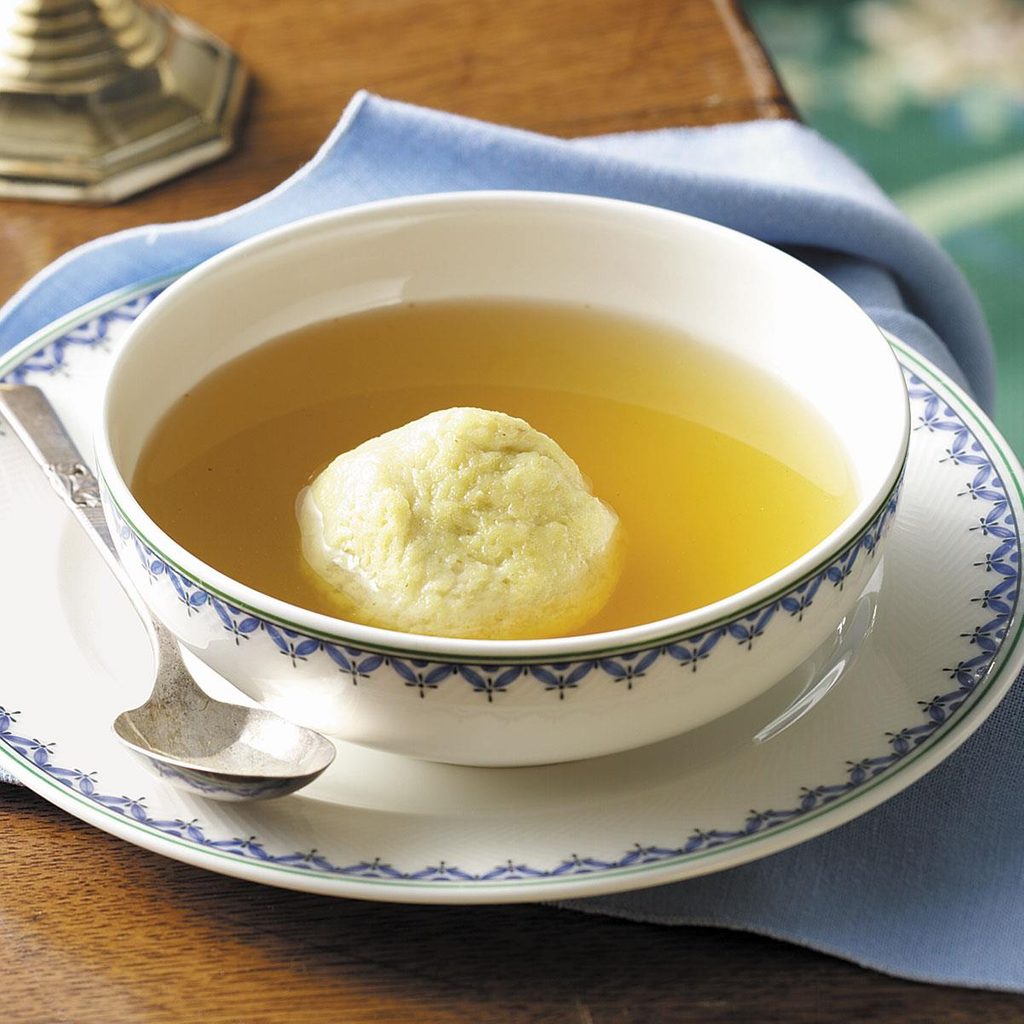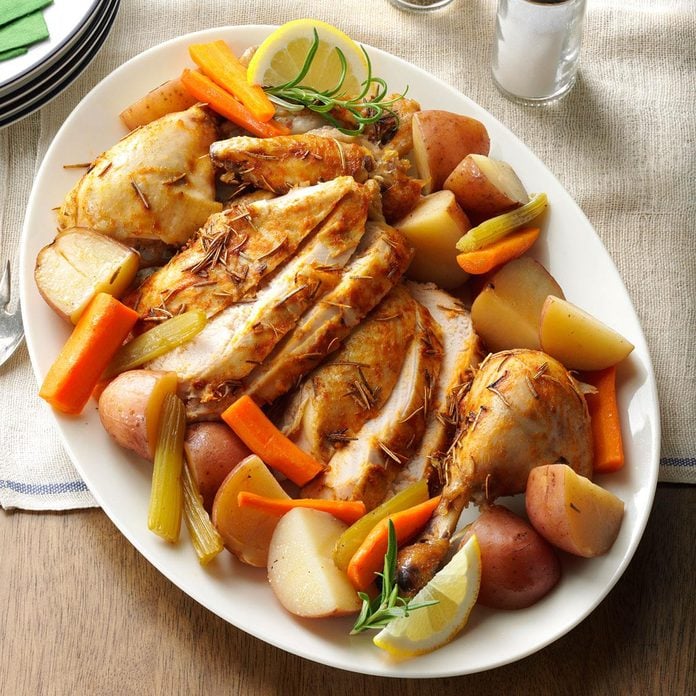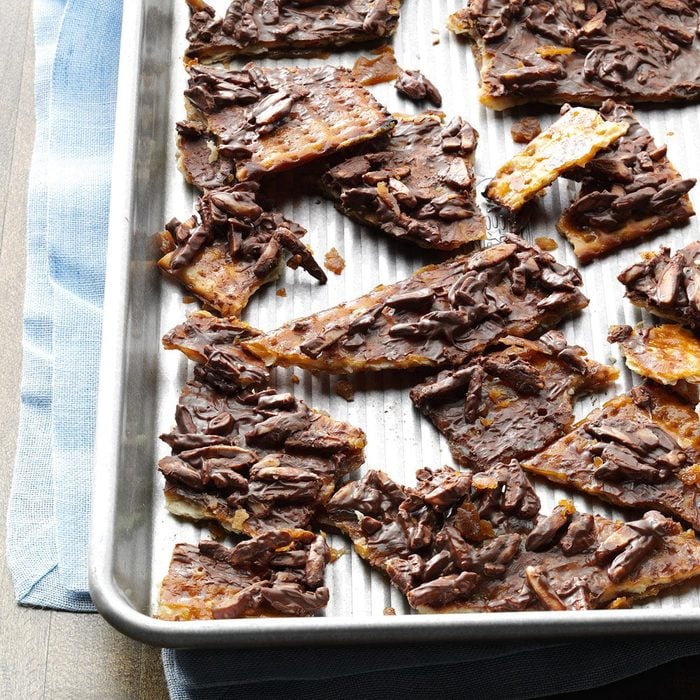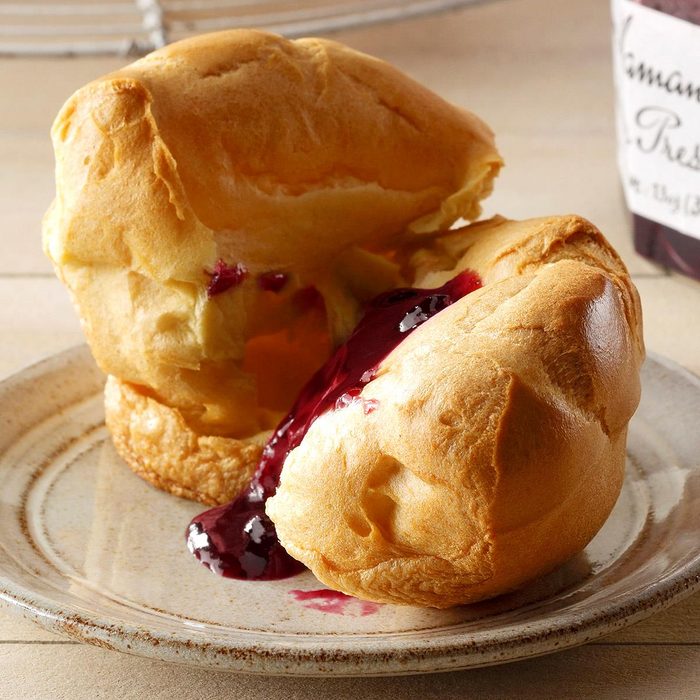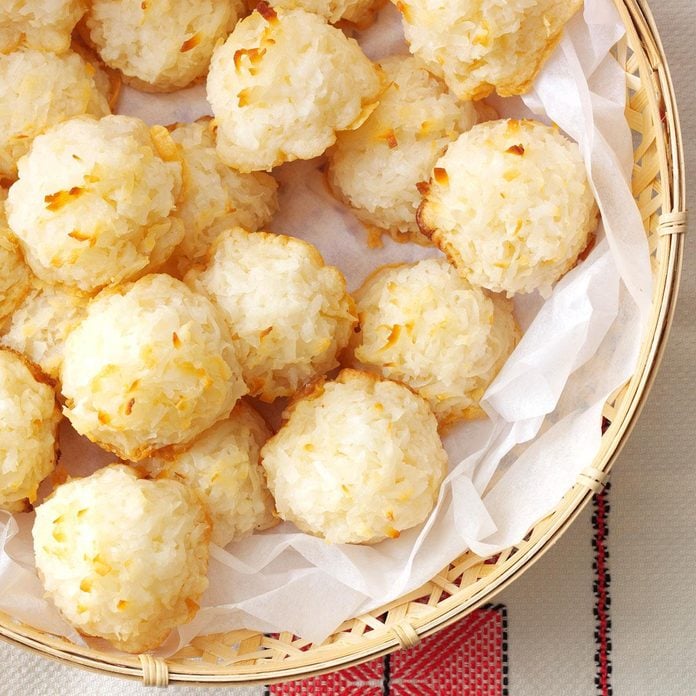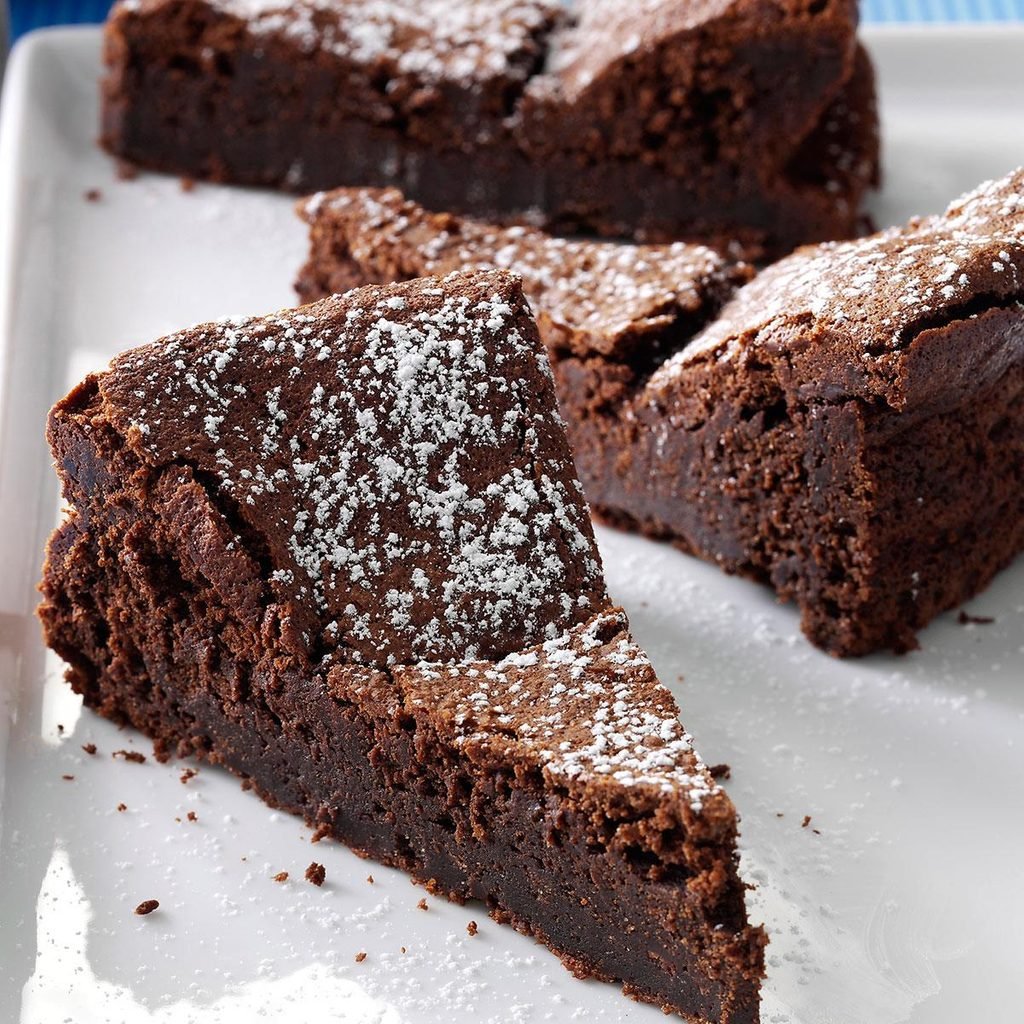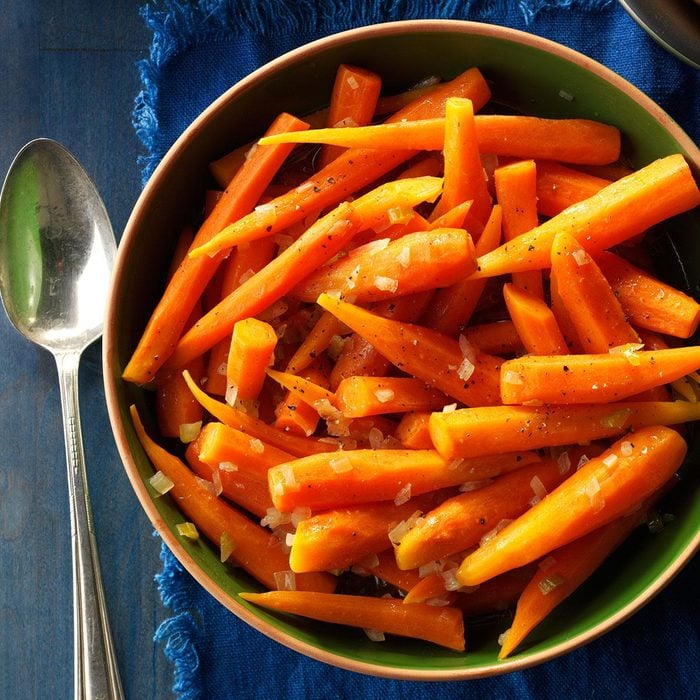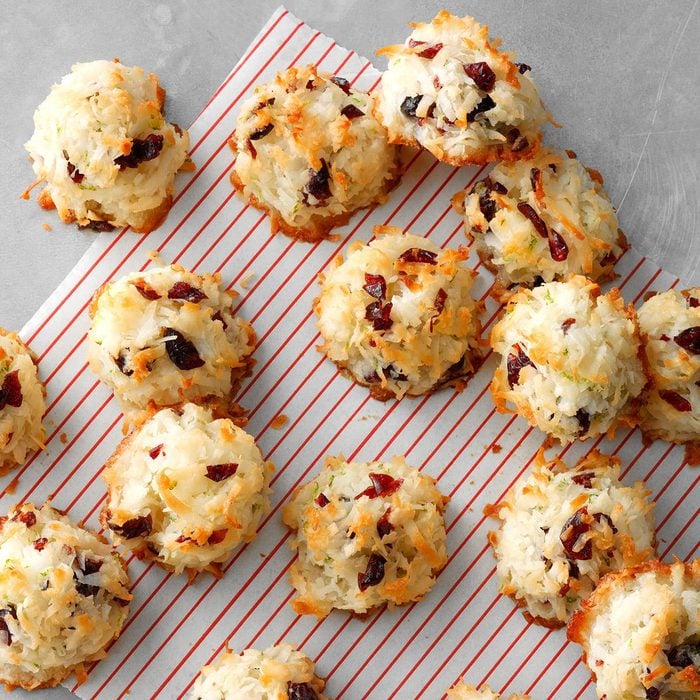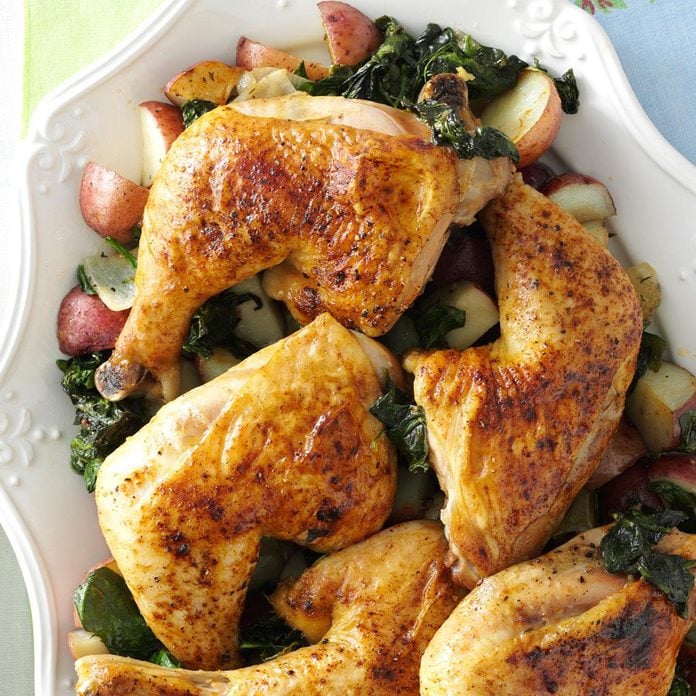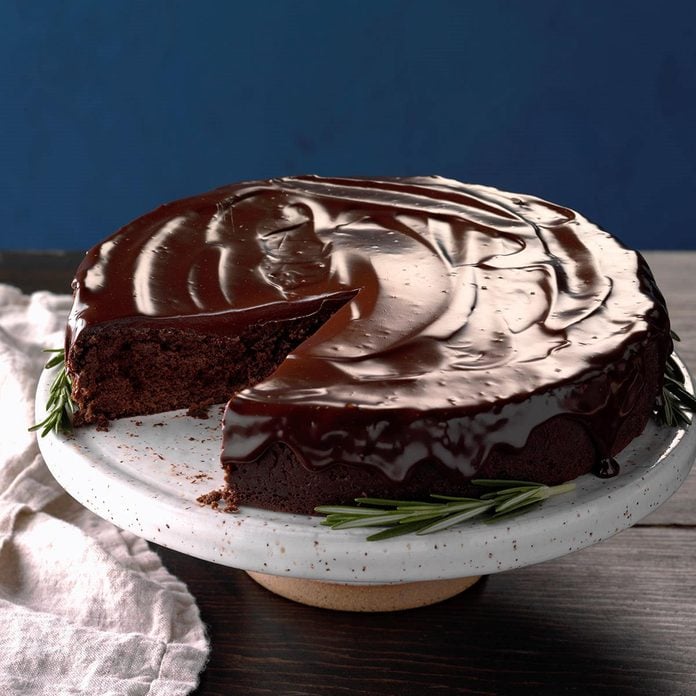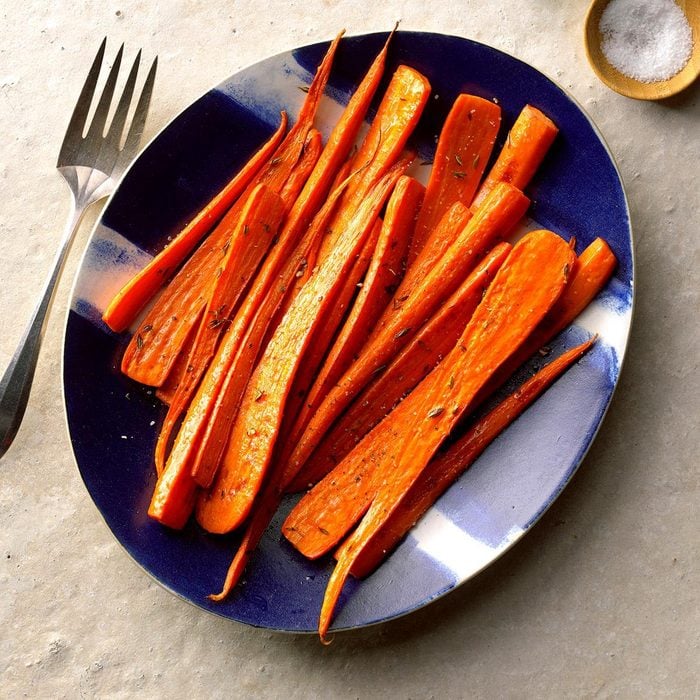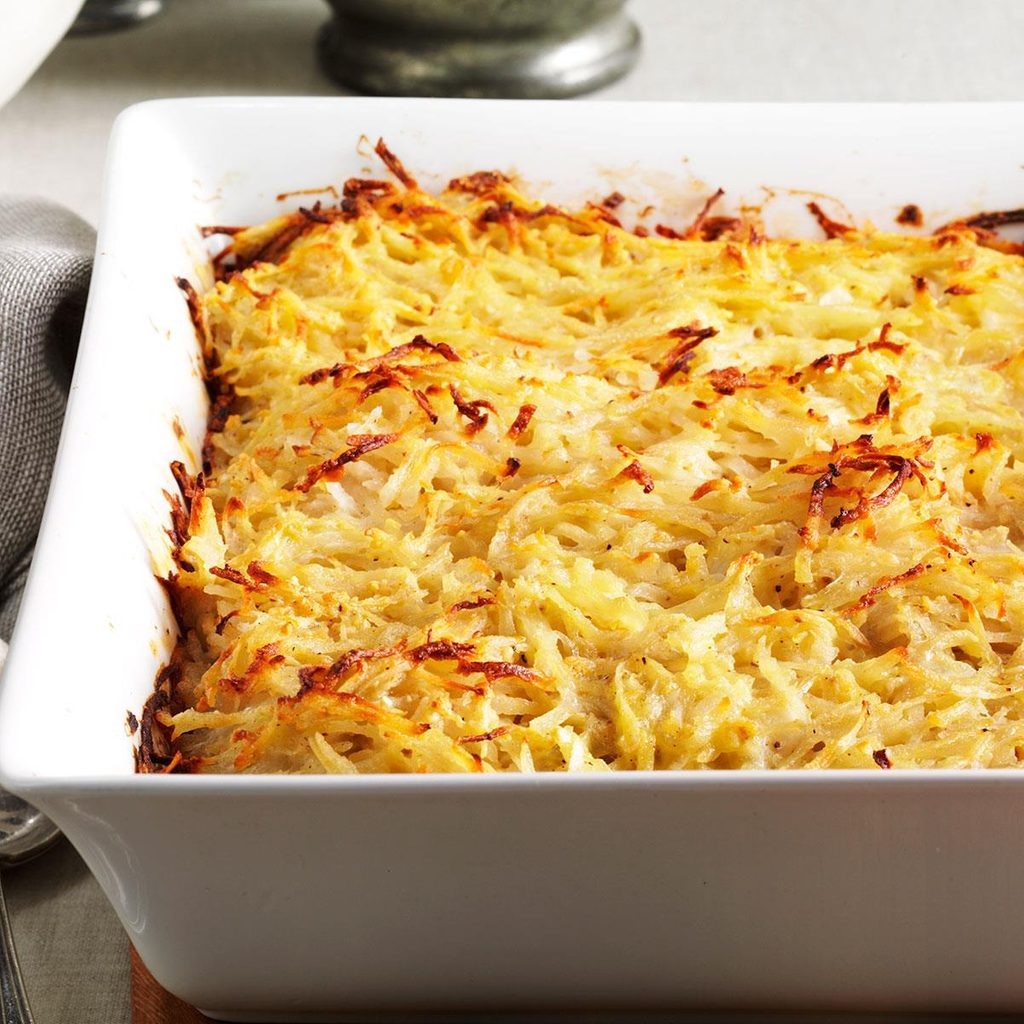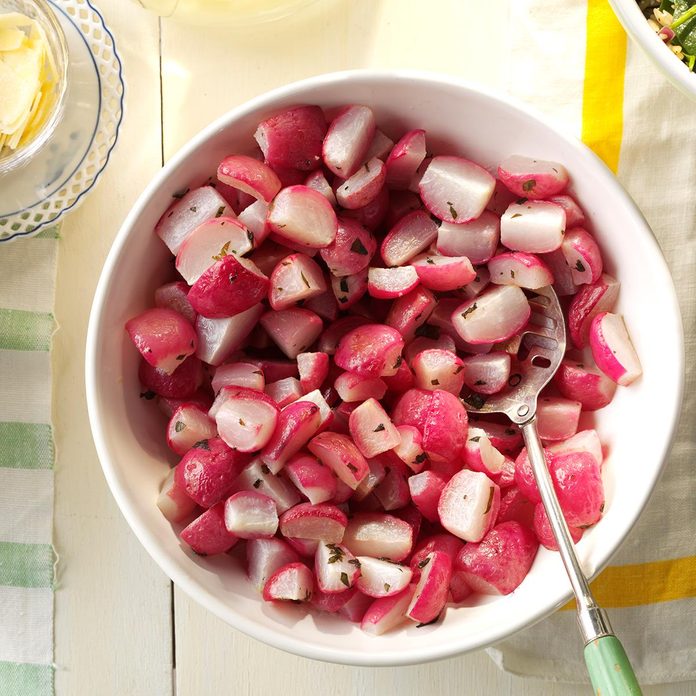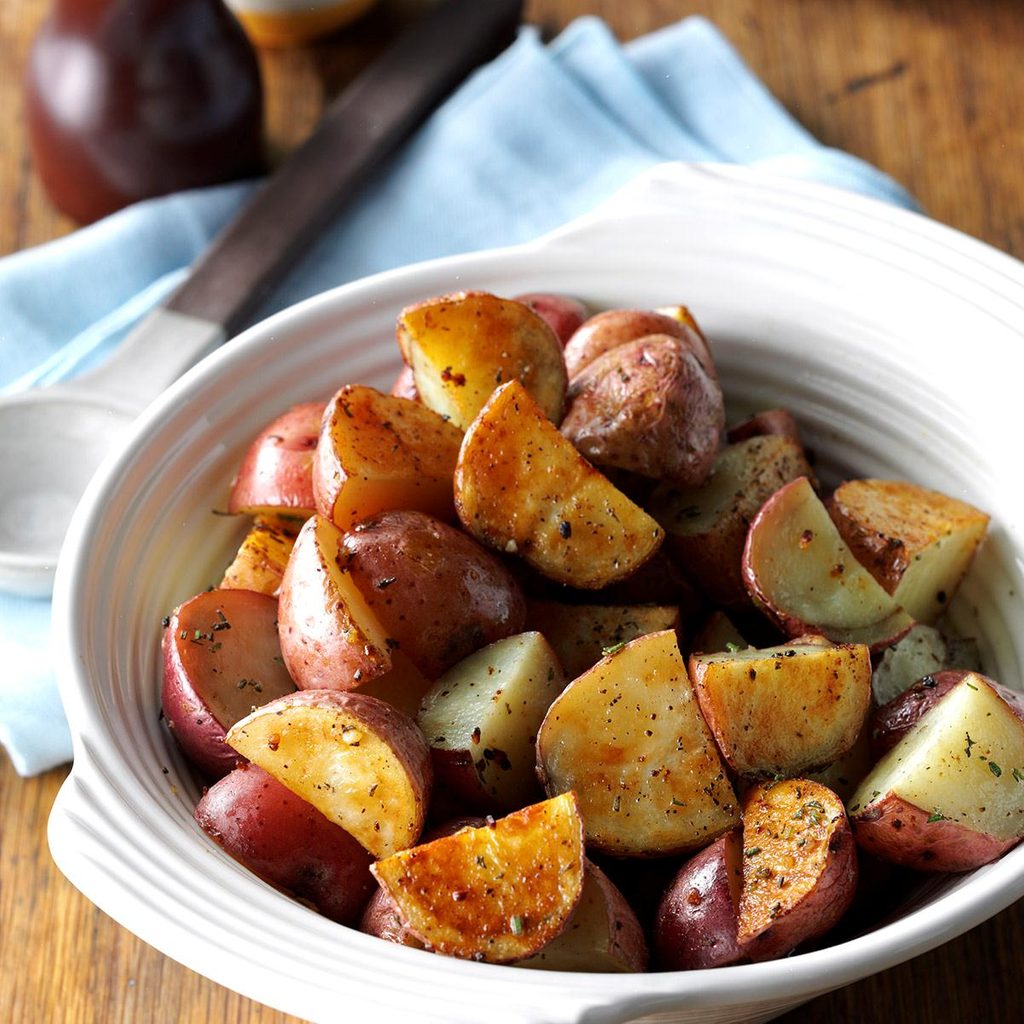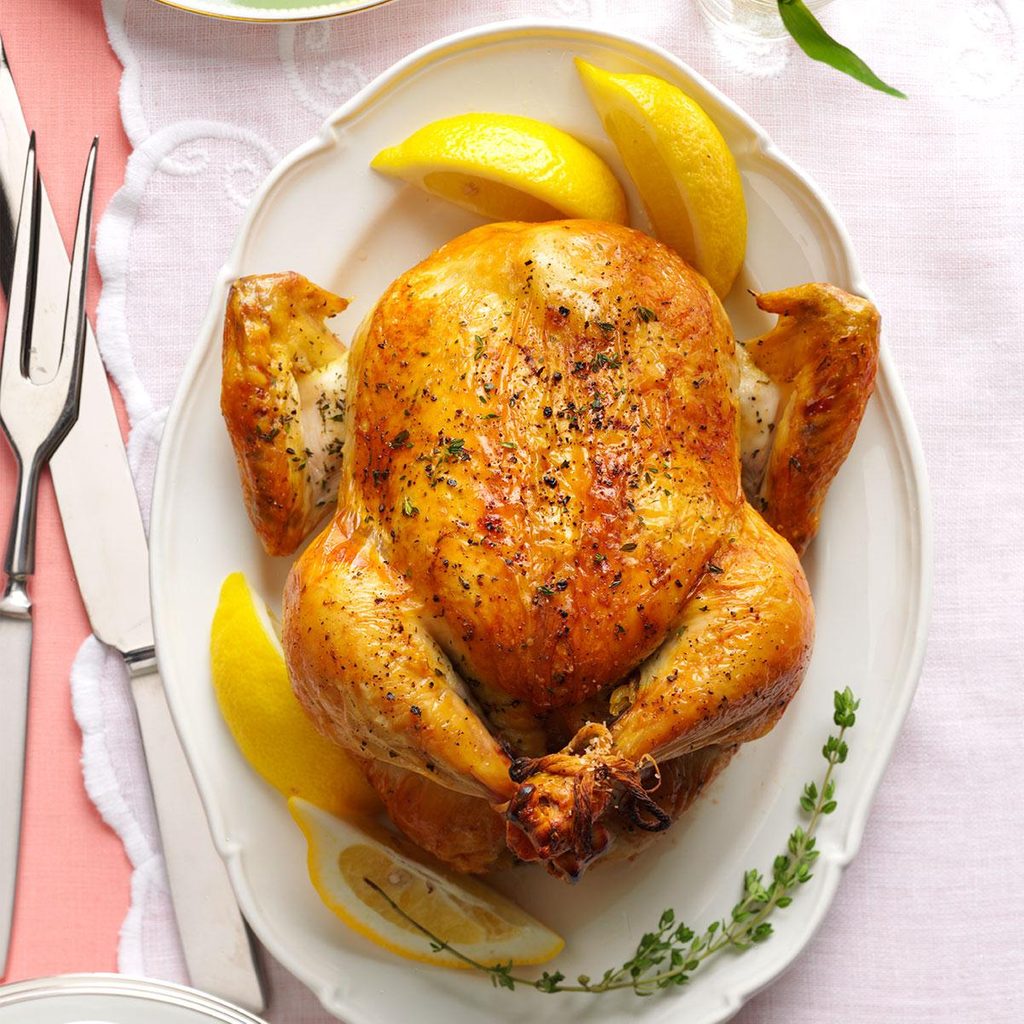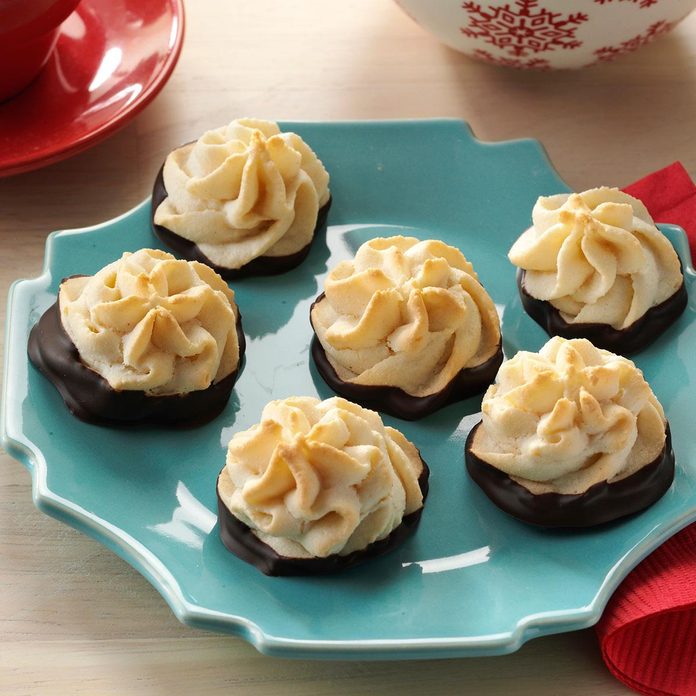7 Passover Traditions from Around the World
Explore unique global Passover traditions, from oranges on Seder plates to the Moroccan Mimouna celebration.
Our editors and experts handpick every product we feature. We may earn a commission from your purchases.
One of the most widely celebrated Jewish holidays, Passover commemorates the Jewish peoples’ exodus from slavery in ancient Egypt. The holiday’s hallmark is the Passover Seder, a ritual meal that involves telling the Passover story with symbolic foods.
While many Passover traditions are fairly ubiquitous around the world—including the Seder and the custom of eating unleavened bread, or matzo—some dishes and rituals are particularly unique. In the U.S., for example, some families use Passover props and games to help tell the holiday story. Here are a few other interesting Passover traditions from across the globe.
Mimouna
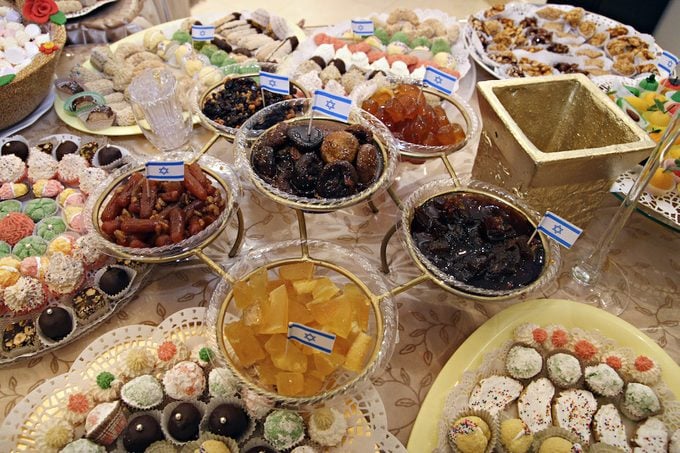
Mimouna is a celebration of the end of Passover when Jews can resume eating leavened foods. This post-Passover tradition originated in Morocco and has spread to other countries including Israel.
The Mimouna festivities typically begin after sundown on the last day of Passover. Participants traditionally open their homes to guests and serve sweet treats. Since most grains are forbidden during the week of Passover, many traditional Mimouna desserts are made with marzipan, nuts and fruit.
Moufleta (alternatively mofleta or muffleta), is one of the most traditional Mimouna foods. A thin pancake topped with butter and honey, it contains flour and yeast but is relatively easy to make quickly after Passover ends. You can find moufleta recipes in several popular Jewish cookbooks, including Breaking Breads: A New World of Israeli Baking by Uri Scheft.
Bimuelos
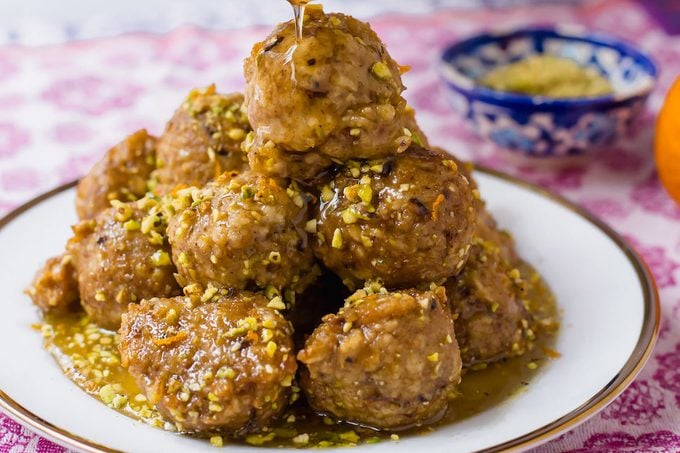
Bimuelos or buñuelos are fried doughnuts originally from Spain. Some people serve them as a Hanukah food, but there are also recipes for Passover bimuelos made with matzo.
Food blogger and cookbook author Samantha Ferraro grew up eating her mother’s baklava bimuelos, inspired by her mother’s Turkish roots. These bimuelos contain ground matzo, eggs, cinnamon, brown sugar and cardamom. You fry them in oil and cover them with pistachios and rosewater syrup.
Scallion Smacking

In Iran and Afghanistan, it’s a Passover tradition for Seder participants to playfully hit each other with scallions. This tradition occurs right before singing “Dayenu,” a Passover song that Jewish families sing at Seders around the world. The custom represents masters whipping Jewish slaves under the Pharaoh’s rule in Egypt.
Persian Jews have other unique Passover traditions. For instance, the Persian version of charoset—a traditional Passover dish containing nuts and apples—is known as haleg or hallaq, and has additional ingredients including bananas, dates, pistachios and cardamom.
(Here’s how charoset varies around the world.)
Orange on the Seder Plate
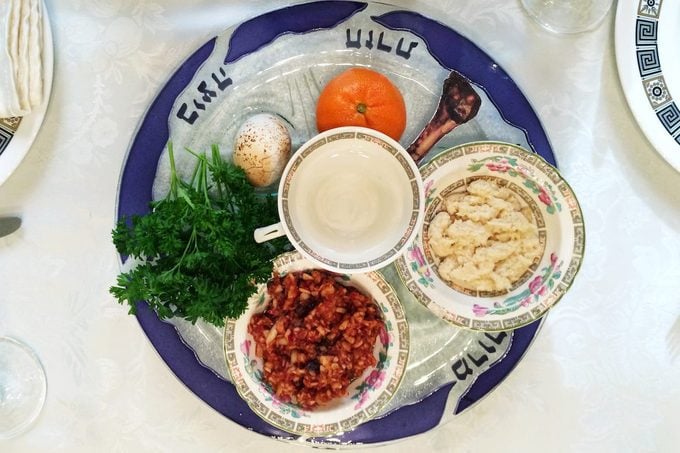
In some Jewish households, you’ll find an orange on the Passover Seder plate as a show of support for women and members of the LGBTQ community. A common myth is that the orange is a feminist act in defiance of a man who once said that women don’t belong in the rabbinate just as oranges don’t belong on the Seder plate.
However, according to an article by Susannah Heschel, the Dartmouth College Jewish studies professor credited with starting this Passover tradition in the 1980s, the orange represents the fruitfulness of gay and lesbian Jews. At her Seders, Heschel directs participants to eat an orange wedge and spit out the seeds in repudiation of homophobia.
(Here’s a guide to maror, another traditional Passover symbol.)
Roman Fried Artichokes
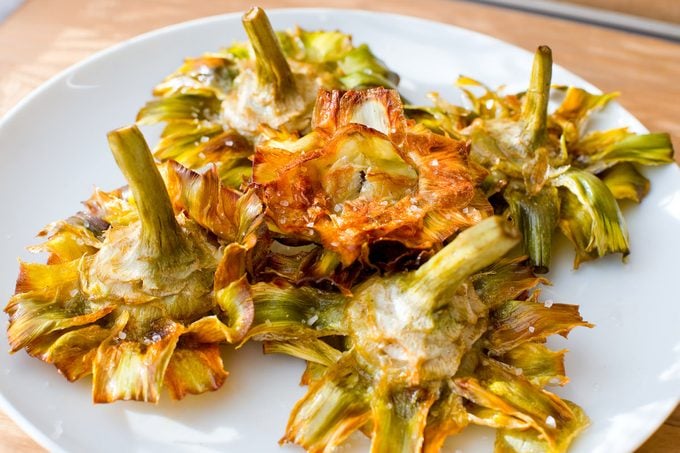
Jewish-style fried artichokes (carciofi alla giudìa) are a traditional Passover side dish in Rome. As food writer Joan Nathan explains in her most recent cookbook, King Solomon’s Table, Roman artichokes have a purplish color and are slightly smaller than American varieties.
Since artichokes are in season in the spring, around the time of Passover, they’re a traditional ingredient in many Passover dishes. (Here’s how to cook artichokes in the oven, as well as dozens of other artichoke recipes to inspire you.)
Large Public Seders

The “World’s Largest Seder” has been happening annually in Kathmandu, Nepal since 1989. Chabad-Lubavitch—a global organization of Hasidic Jews—hosts this Seder, as well as other public Seders around the world.
More than 2,000 people have attended the Kathmandu Seder in recent years, according to Chabad.org. The Chabad Seder in Koh Samui, Thailand, has drawn a similarly large crowd. Many participants of these Seders are Jewish expatriates traveling or working in southeast Asia.
(Whether you’re hosting a large Seder or a small one, these classic Passover recipes will help you plan the menu.)
Minas (Matzo Pies)
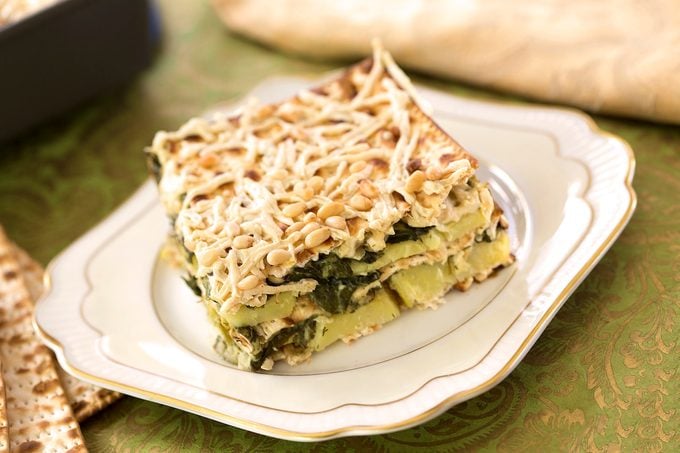
Matzo pies, or minas, are a traditional Passover dish in many parts of the world—including Turkey, Greece, Spain and parts of Africa. Made with softened matzo and an egg finish, minas are somewhat related to Matzo Brei. However, matzo pies are more structurally similar to lasagna, layered with various fillings.
Some of the most common matzo pie fillings are spinach and cheese (resembling spanikopita), and ground beef or lamb. You can also stuff them with other meats or seasonal spring vegetables like leeks, asparagus or artichokes. For a vegan version, use cashews, avocado and dairy-free shredded cheese, as in this recipe from the Vegan Atlas, pictured above.

